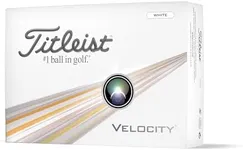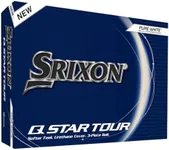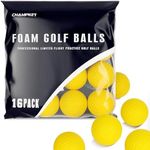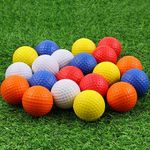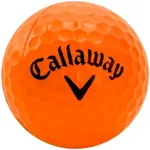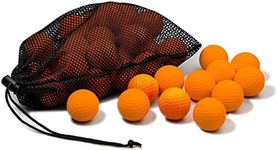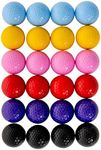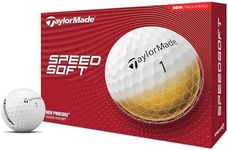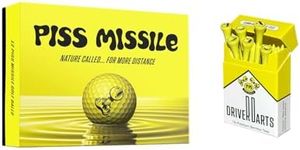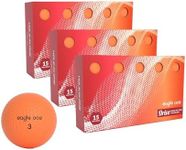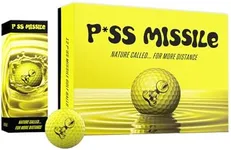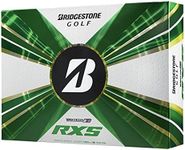Buying Guide for the Best Golf Practice Balls
Choosing the right golf practice balls can significantly impact your training and overall performance. When selecting practice balls, it's essential to consider various factors that align with your specific needs and goals. Understanding the key specifications will help you make an informed decision and ensure that your practice sessions are effective and enjoyable.MaterialThe material of golf practice balls is crucial as it affects durability, feel, and performance. Practice balls are typically made from foam, plastic, or rubber. Foam balls are soft and safe for indoor use, making them ideal for beginners or those practicing in confined spaces. Plastic balls are more durable and can be used both indoors and outdoors, but they may not provide the same feel as real golf balls. Rubber balls are highly durable and offer a more realistic feel, suitable for more advanced players. Choose the material based on where you plan to practice and your skill level.
DistanceDistance refers to how far the practice ball can travel when hit. This is important because it helps simulate real playing conditions. Practice balls are designed to travel shorter distances than regular golf balls to allow for safe practice in smaller areas. Short-distance balls are ideal for indoor practice or small yards, while mid-distance balls can be used in larger outdoor spaces. If you have access to a driving range or a large open area, you might opt for long-distance practice balls that mimic the flight of real golf balls more closely.
FeelThe feel of a practice ball is how it responds to being hit, which can affect your feedback and overall practice experience. A ball with a realistic feel will provide better feedback on your swing and contact, helping you improve more effectively. Foam balls tend to have a softer feel, which may not provide as much feedback. Plastic and rubber balls offer a firmer feel, closer to that of real golf balls. Consider your level of experience and what kind of feedback you need from your practice sessions when choosing the feel of your practice balls.
DurabilityDurability is the ability of the practice ball to withstand repeated use without significant wear and tear. This is important because it affects the longevity and cost-effectiveness of your practice balls. Foam balls are generally less durable and may need to be replaced more frequently. Plastic balls offer moderate durability and can last longer with proper care. Rubber balls are the most durable and can withstand extensive use, making them a good investment for serious practice. Choose a level of durability that matches the intensity and frequency of your practice sessions.
VisibilityVisibility refers to how easily you can see the practice balls during use. This is important for tracking your shots and retrieving the balls after practice. High-visibility colors like bright yellow, orange, or white are easier to spot, especially in outdoor settings or low-light conditions. If you practice in areas with tall grass or other obstacles, choosing high-visibility balls can save you time and effort in finding them. Consider the environment where you'll be practicing and select a color that stands out against the background.
